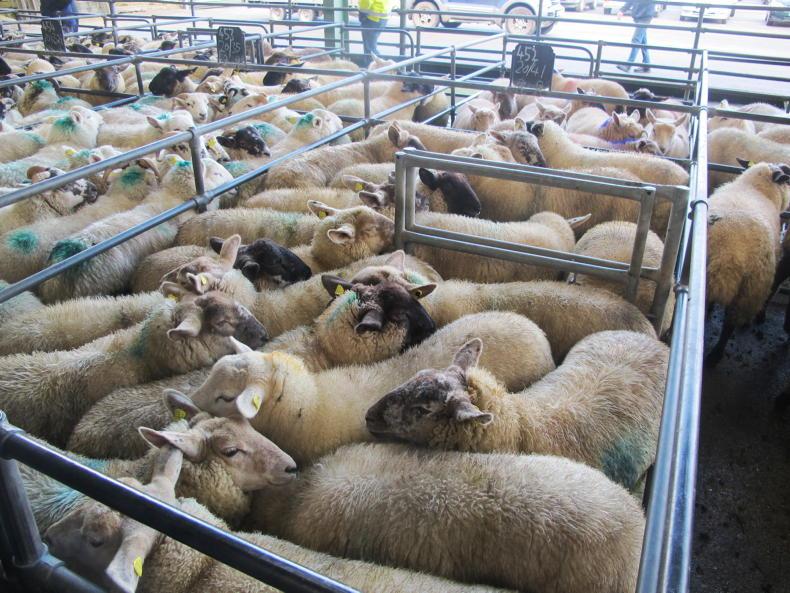Store lambs
As is normal for the time of year, store lamb entries are steadily increasing. Demand is strong and is being helped by higher levels of optimism, underpinned by positive market performance. With prices running significantly ahead of the corresponding period in 2020 and strong competition present, it is easy to get caught up in sales and veer away from the type of lamb that best suits your system.
This decision should take into account what grass supplies are likely to be, the target date you would like to have lambs ready for slaughter and the costs that will be incurred. On average, lambs will gain in the region of 160g-200g liveweight daily if grazing good-quality leafy grass in August and early September.
Depending on previous management, lambs short of flesh may achieve compensatory growth for a period, while a caveat to this is lambs may look like their growth is stunted, as they will take much longer to respond. Daily liveweight gain targets on a grass-only diet should be eased back to 150g/day-170g/day as you progress into late September, with performance dropping to 100g/day in late October and November. These performance targets are based on grazing good-quality grass and achieving high levels of utilisation.
A good health protocol should be implemented to safeguard your investment and include worm treatment to guard against anthelmintic resistance, external parasite control, clostridial disease vaccination and lameness. A robust health protocol can add a significant cost quickly and this should be built into the finishing budget. Teagasc’s store lamb finishing calculator is a good aid for carrying out a financial appraisal and can be found here.
Worm burden
This week’s rainfall following the high temperatures of recent weeks could trigger a higher worm burden in lambs. Moisture will promote greater activity in worm larvae. Where grass supplies have been depleted, animals will continue grazing at a low level while larvae will be moving up to grazing height, thereby increasing the risk of a higher challenge. It is important to be aware of this risk and to tailor your treatment programme if required. Factors that will influence your decision include the possible worm burden in the sward, the length of time since animals have been treated, if the product used had any residual effect and the results of faecal egg counts. Ensure that you are treating animals to the correct weight and that the equipment used is calibrated to deliver the correct volume. Lambs should be dosed to the heaviest weight in the group and split into weight groupings where there is a large spread in their liveweight.
Tagging rules
All lambs leaving the holding of birth in a mart or farm-to-farm sale must be double tagged with an electronic tag and a corresponding conventional tag. The only animals that can leave the holding of origin with one electronic tag are those going for direct slaughter.
Other issues that have cropped up in recent weeks relate to the recording of tag numbers on dispatch documents, where lambs of mixed origin are being included on the dispatch document and the tag numbers are not being recorded at an approved central point of recording.
The five main sheep processing plants, along with 32 marts, are approved CPRs and included in a listing on the Department website.






 This is a subscriber-only article
This is a subscriber-only article











SHARING OPTIONS: